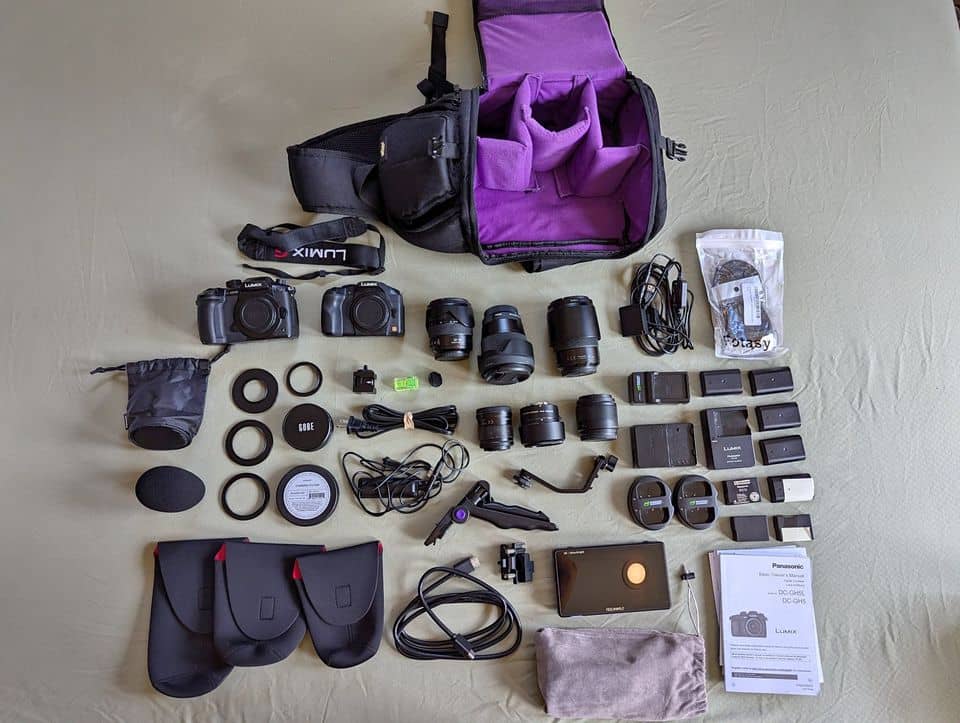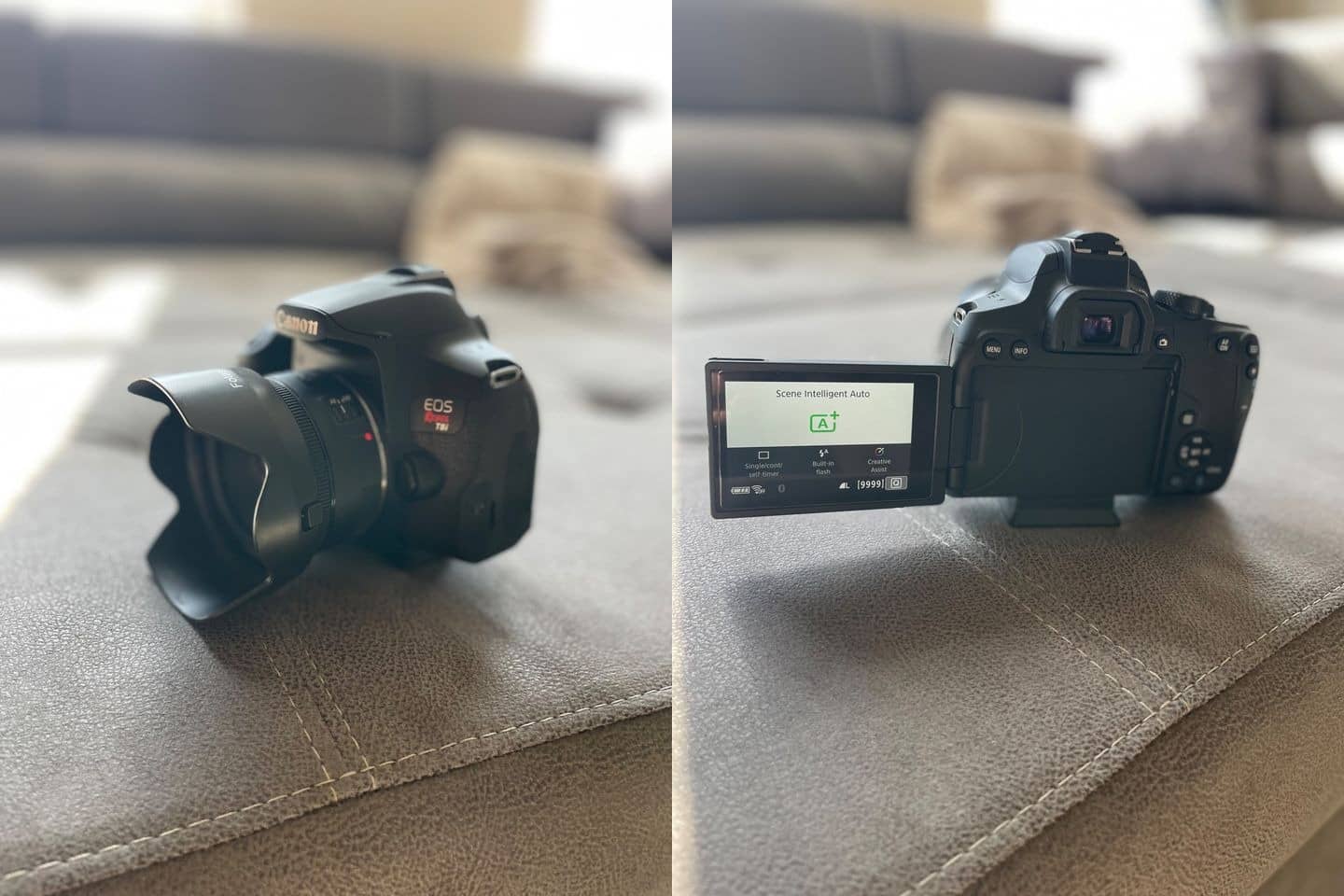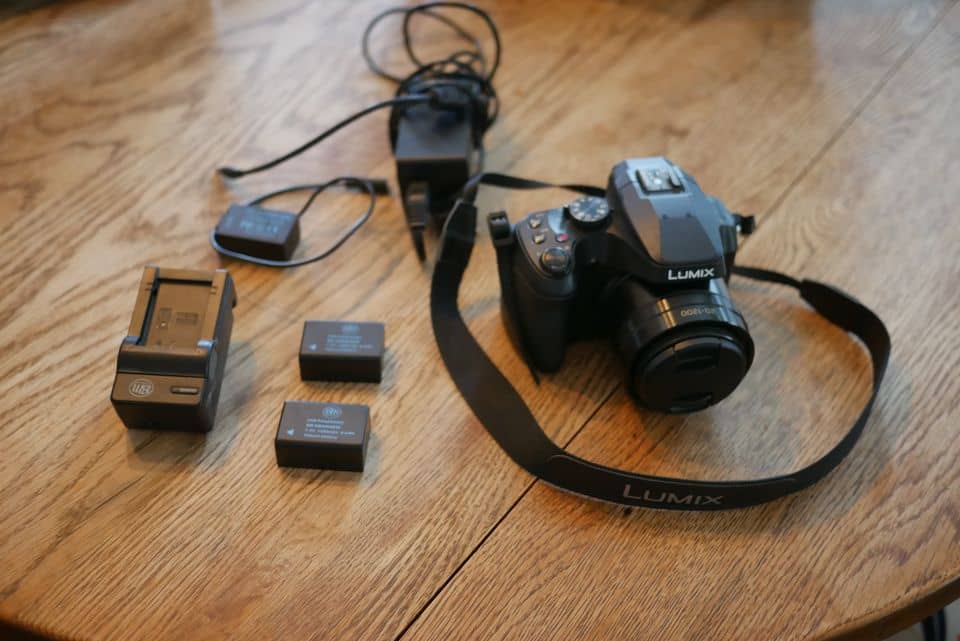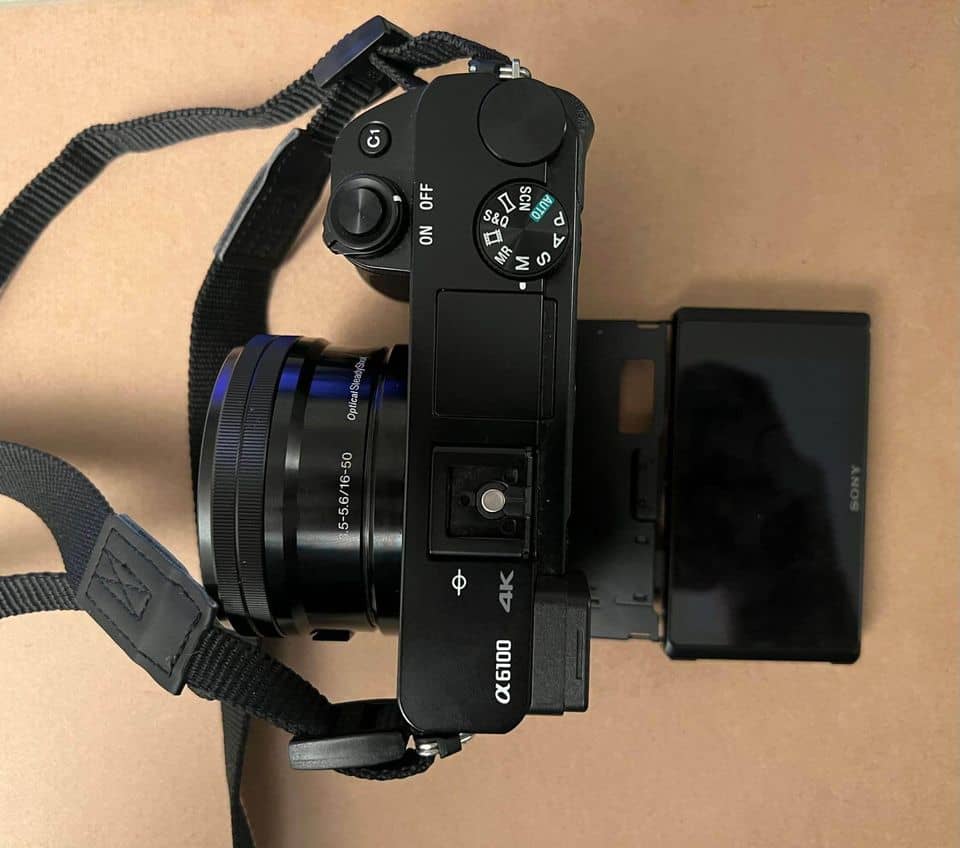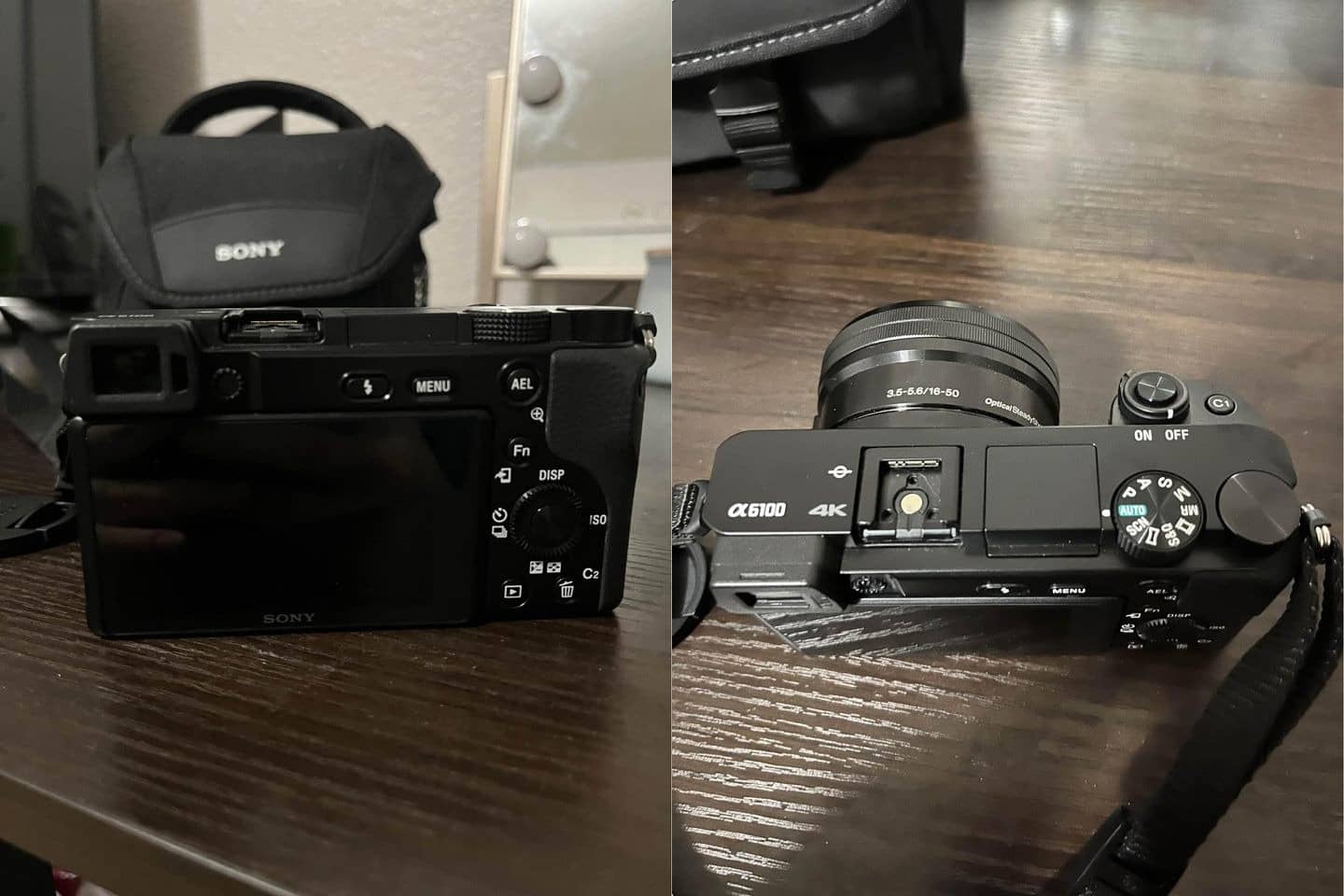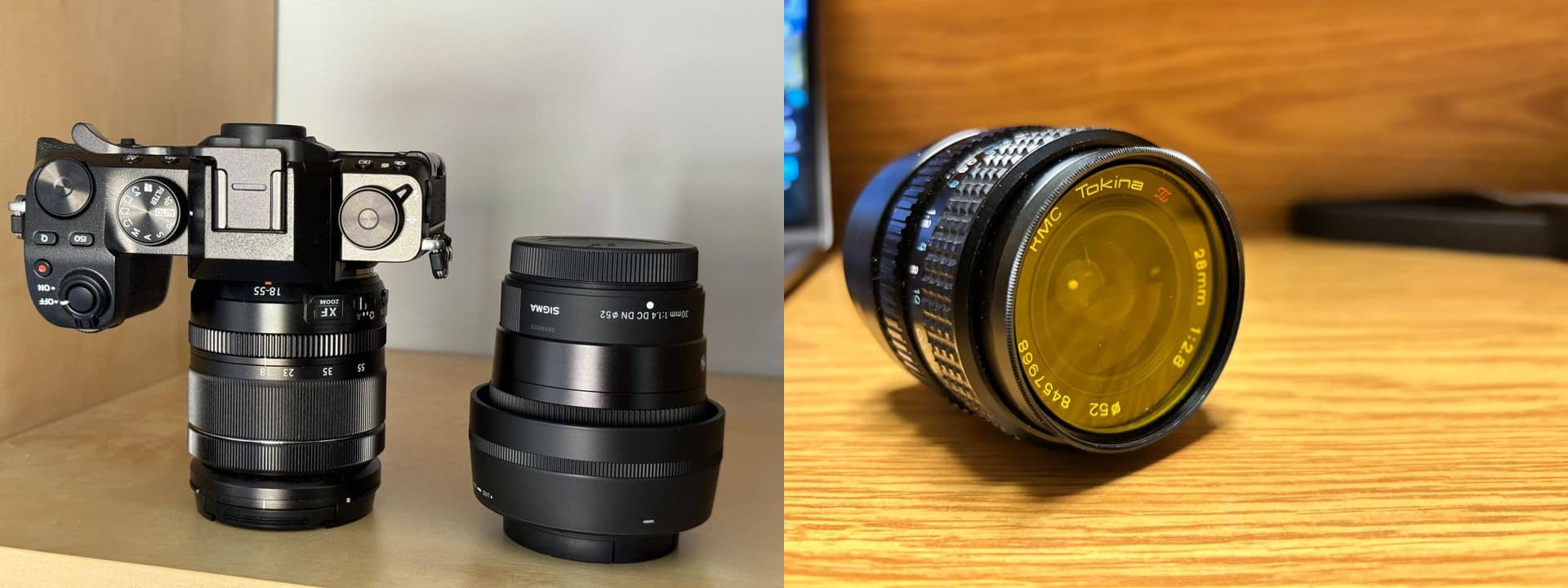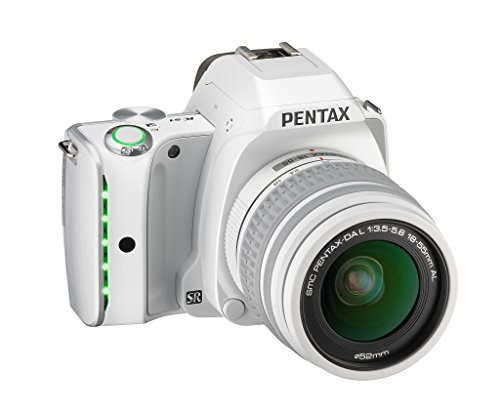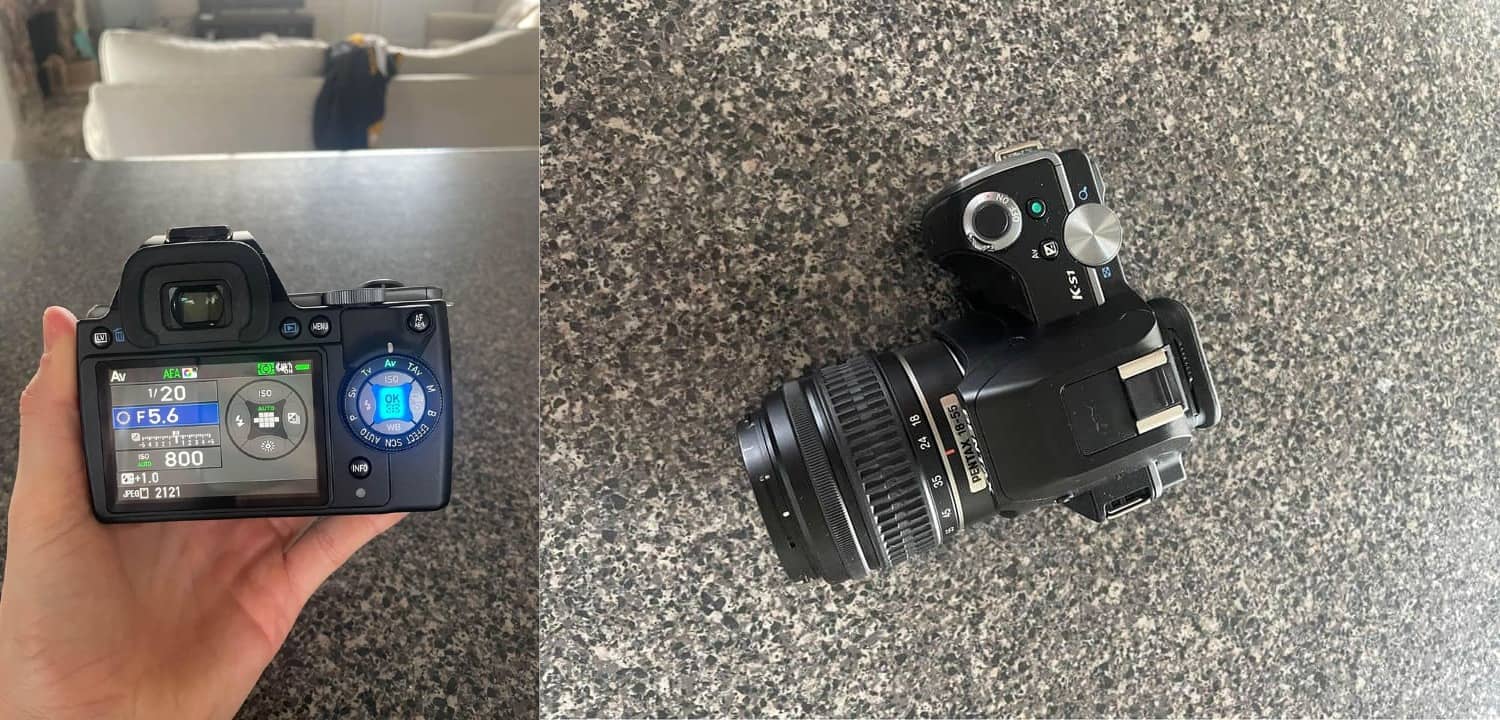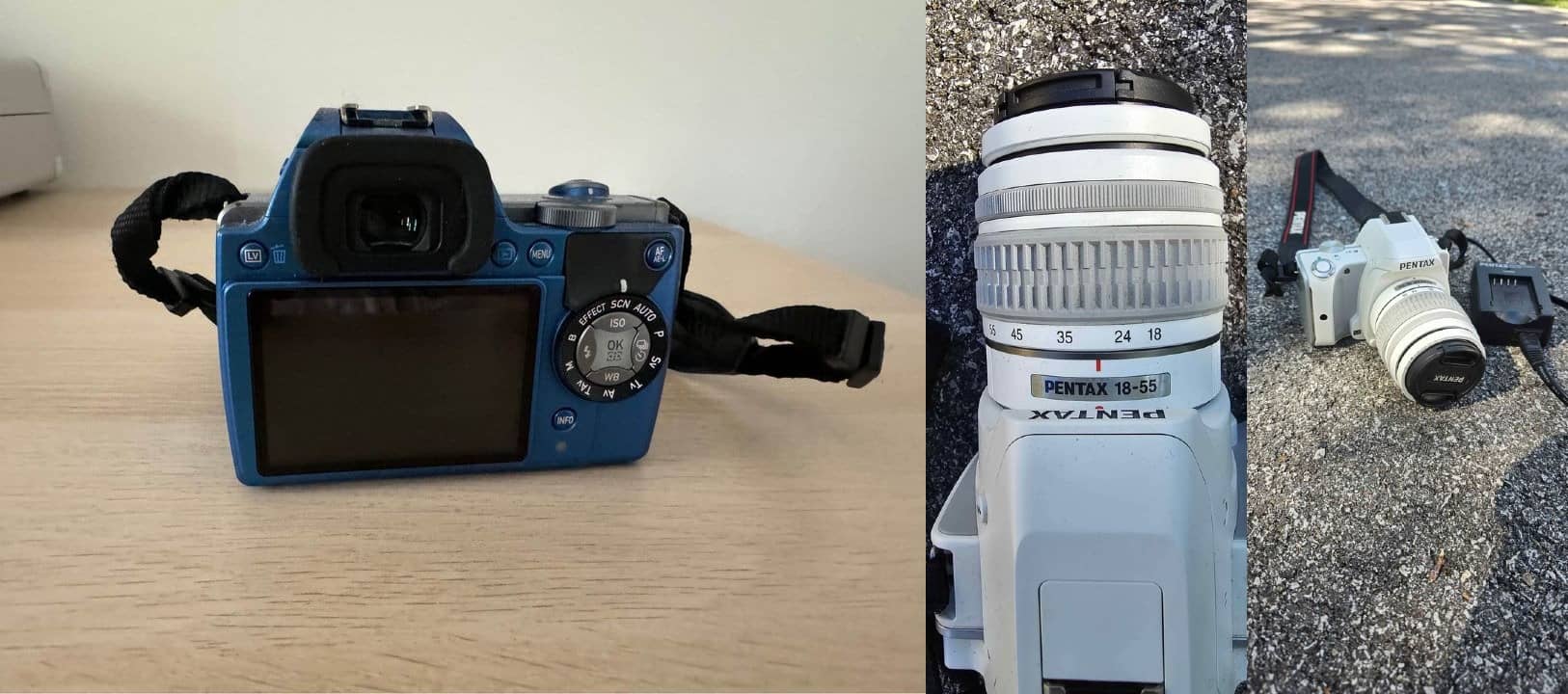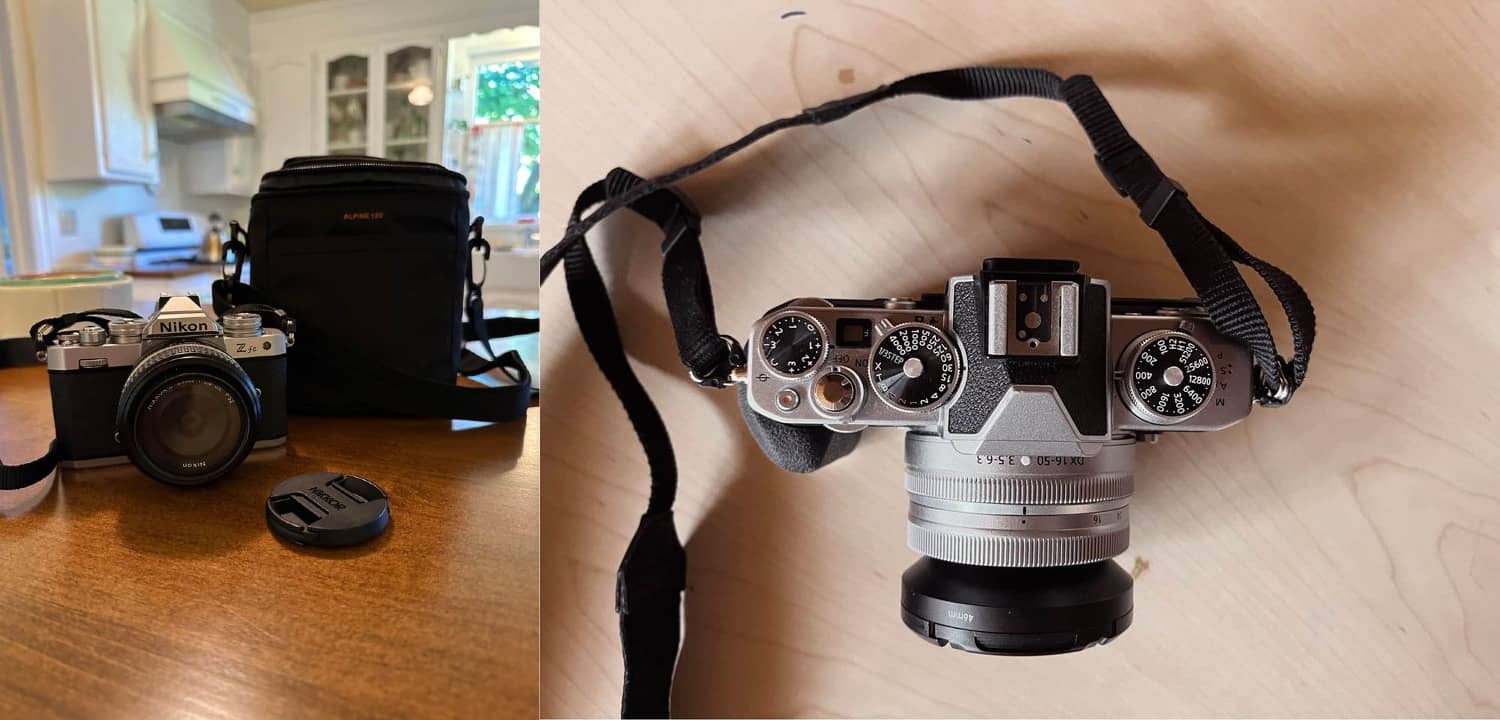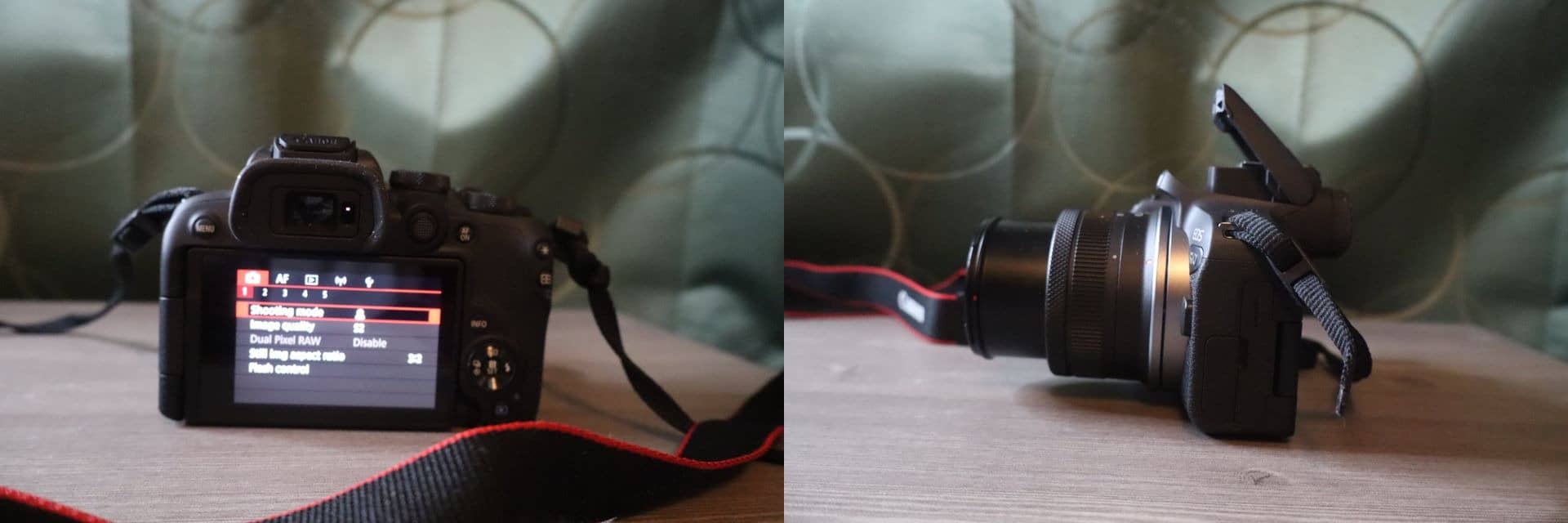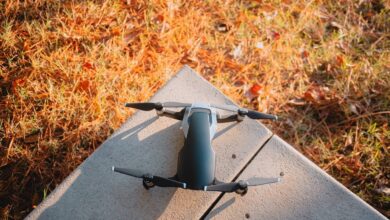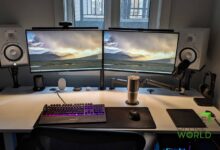The 7 Best Cameras for Photography Beginners
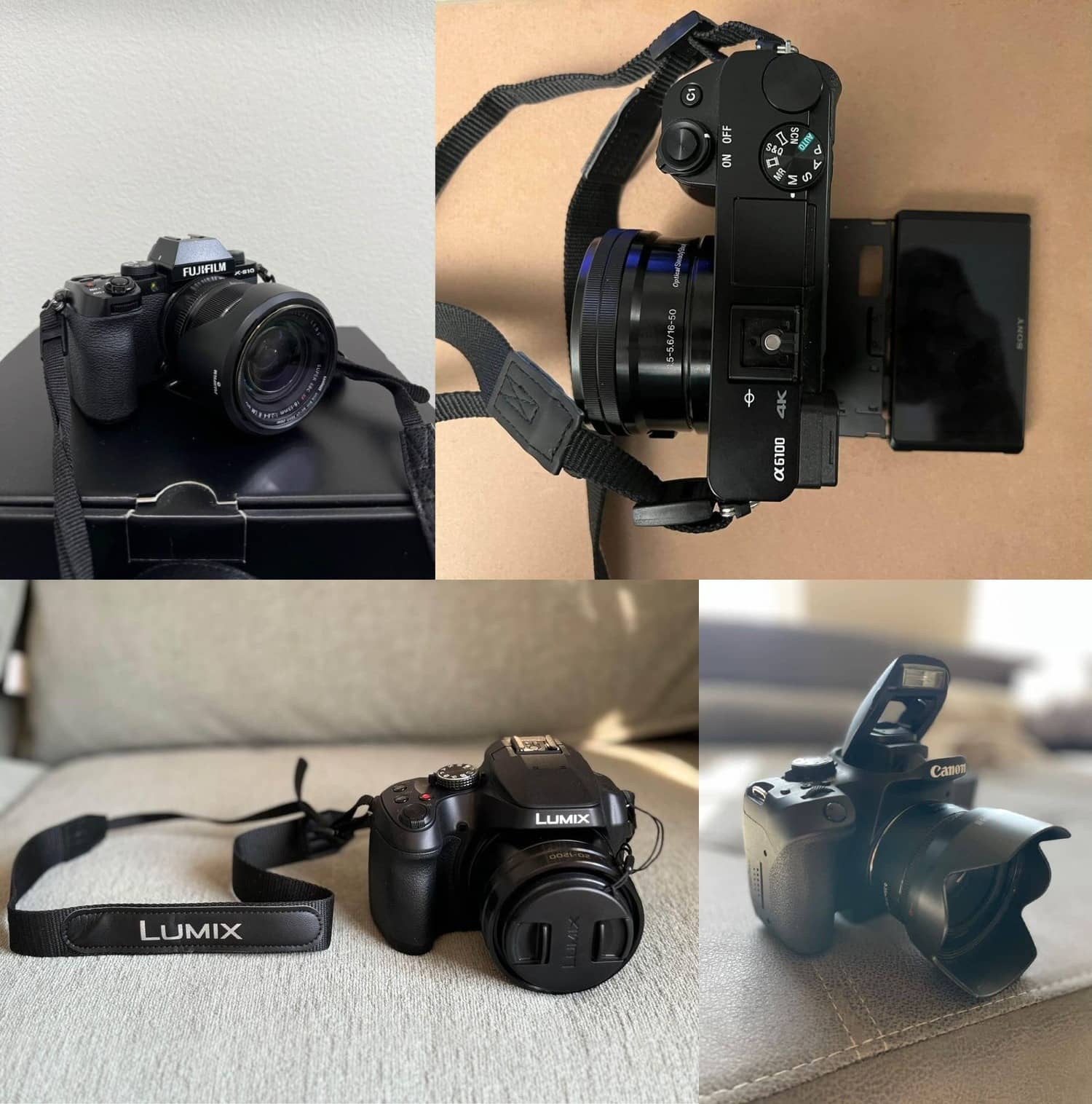
Photography is accessible to everyone. Automatic settings and autofocus modes are front and center. No experience is necessary, just a little enthusiasm and a finger. Likewise, on the manufacturer side of things, the best camera for beginners is one that’ll be user friendly and intuitive.
Fair enough, and our reviewers agree, but there’s more. The shortlist of models in this category aren’t all created equal; they’re each designed with unique features and capabilities that cater to different shooting styles.
On some of the models we’ll be covering there’s even the addition of manual settings so that beginners have the option to dip their toes into more advanced photography techniques, such as time-lapse modes. Overall, though, beginner cameras are point-and-shoot devices, easy to operate and designed to render polished, vibrant results every time.
From megapixels to memory slots, magnification to macro mode –and lots of other features that start with other letters of the alphabet—we’ve got you covered with this guide on the best cameras for beginner photographers.
Understanding Camera Basics
This section of the post could fill a book, but that’s not our goal. Let’s just say that there’s a three-way pull-and-push between the shutter speed, aperture setting, and a camera sensor’s sensitivity to light. The latter controllable setting is called the ISO. So far, so good, yes? Professional photographers own cameras that take charge of this exposure trifecta, enabling them to creatively capture a vast range of moods and compositions.
The depth of field (DOF) can be altered to lend focus to a subject. The background falls away, showcasing that sharply highlighted subject. Bokeh, low light photography, crisply frozen slices of action or mood-enhancing blur and film grain, they’re all possible with a slow or fast shutter speed, plus a pinch of ISO grain and lens aperture-size light gathering magic.
A short glossary of important camera elements:
- Shutter – A mechanical “curtain” covering the sensor. When it opens, the sensor captures light and color, which is then sent to a signal processing engine to be rendered. Beginner cameras don’t always use a mechanical shutter; a digitally simulated alternative is more common.
- Aperture – Like the iris in your eye, a hole behind the optical elements in the camera lens opens and closes depending on the aperture F-stop. Larger numbers equate to a smaller hole while a smaller number, say F/2.4 refers to a larger lens opening.
- ISO – Film cameras first applied this term. Film could be bought over the counter with different ISOs, or light sensitivities. An increase of this setting to around 600 or 800 is common enough, but expect more sensor noise when using this low-light capturing trick.
- AF or Autofocus – Different technologies are available to quickly lock a desired composition. Some are more accurate than others, using multiple zones and optical attributes like contrast and phase detection sensors. Beginner cameras are more likely to focus on faces and objects in the center of the frame, using software enhancements on top of optical focus and zoom modes.
- White Balance – Adjusts the color temperature of the image to match the lighting conditions. Warmer colors lean towards orange, while cooler tones tend to have a blue tint. Outdoor and indoor conditions have different color spaces. Just to complicate matters, different camera image rendering engines manipulate white balance settings in different ways.
Your Cameras 101: Best Camera for Beginner Photographers
A list of feature-rich cameras for the photography enthusiast or hobbyist. Designed to operate with a single push of a button, each model is still bursting with fun scene composing capabilities.
Canon EOS Rebel T8i DSLR
- 24 1 Megapixel CMOS (APS-C) sensor with is 100–6400 (H: 12800)
- Built-in Wi-Fi and NFC technology
- 9-Point AF system and AI Servo AF
- Optical Viewfinder with approx 95percent viewing coverage
The Canon EOS Rebel T8i range is ahead of the game by virtue of its reputation. Descended from legendary Canon film and digital DSLR models, this camera is backed by legacy performance and cutting edge imaging technologies, as packed into the DIGIC 8 image rendering engine. Sharp, insanely detailed photographs are consistently taken when you own this model.
To get the best out of this DSLR, we turned our attention to the automated modes on the command dial. We also called in one of our intern testers to see what he could do when manual mode was verboten for the day.
Composition was carried out through the viewfinder at first, just like the pros. There’s also the high-resolution foldout screen stored tidily away in the rear of the camera. It’s a beyond handy feature, one used in the majority of beginner cameras. Either way, shoot data is digitally included in an easy-read form, either below the screen, through the viewfinder, or as an overlay on the 3” LCD touchscreen.
We, rather our intern, liked the inbuilt 4K 24p video shooting mode and the 45-point autofocus, plus the live view display, which allows newcomers to see the effects of focusing and metering changes in real time. Change the aperture or shutter setting and instantly get an update on the composition.
With a more professional eye, lead testers were quickly able to access beginner modes. They include settings for portrait, landscape, kids, sports, and group photos. Creative filters are also there, including film grain and three HDR modes.
Due to access to a vast ecosystem of Canon lenses and accessories, including flashes and macro lenses, this model tops many reviewer lists for best beginner camera. Additionally, as your skills mature, your Canon will act as a gateway to new and exciting photography techniques via the aperture and shutter priority modes dialed into the command selector.
Panasonic LUMIX FZ80D Compact
- An Always-Clear View, Even in Bright Sunlight
- Amazing Video Quality for Fast-Paced Action
- Shoot Now, Focus Later
- No More Blur, Even at 60x Zoom
The 18.1 MP sensor in the Panasonic Lumix FZ80D renders fine details well, and it sits below a power zoom point-and-shoot fixed lens with 60x magnification. It’s not all good news though, not when the sensor is smaller than that fitted in a DSLR.
Think of this as an entry-level point-and-shoot, a bridge camera for those on a tight budget. DSLR camera bodies can still be prohibitively expensive. Mirrorless cameras, even the cheaper models, well, they’re not exactly cheap, either. Sporting a viewfinder and a rear LCD display panel, this camera offers performance and versatility, readying you for your first major upgrade, should you choose to stay with photography.
Worthy mentions go to the 60x zoom, but that kind of telephoto power is useless without some kind of stabilization mechanism. The image would be lost to view at the first twitch of a finger. Fortunately, the designers have taken care of this issue by incorporating Power OIS (Optical Image Stabilization) in the form of a hardware system. At this point, everything looks good, but we would’ve liked it if the rear display could tilt and wasn’t fixed.
A sea of confusing menu items could prove confusing. Let’s see if the 3” touchscreen can lock down some beginner shooting modes. Yes, there’s several HDR modes, 1cm macro, photo filters and quick white balance access, and 4K video shooting as well.
A pop-up flash and accessory hot shoe complete a capable package. Fun software features include scene modes, so expect granular control over night shoots, portraits, and action or sports photographs with a twist of the command dial or a dip into the touchscreen menu. These settings instantly adjust the aperture, shutter speed and ISO.
We also found some cool features worth mentioning at the tail-end of this review. A shoot now, focus later mode allows post-shot focus editing. An ability to extract frames from videos, perfect for a headline image from a sports game, is also onboard.
Affordable, especially compared to entry-level DSLRs and mirrorless cameras, the Lumix FZ80D is a fine bridge camera, a compact that can educate you on the finer points of your chosen hobby.
Sony Alpha 6100 Mirrorless Camera
- World’s fastest AF at 0.02 sec. W/ real-time AF&Object tracking
- Wide 425-phase/425-contrast detection AF points over 84% of sensor
- 24.2MP APS-C Exmor sensor w/ front end LSI and ISO up to 51,200
- Real-time AF Tracking, Real-time Eye AF for human and animal
Mirrorless cameras sold by Sony have made huge inroads in recent years. We’d go as far to say that they’ve stolen some sales territory from Nikon and Canon, making lightweight mirrorless APS-C systems pocket powerhouses with a big future.
The Sony Alpha 6100 mirrorless doesn’t have a full-frame sensor like some of its more expensive siblings, which is why it’s so affordable. Even without that typically professional build feature, the camera system and its E-mount body incorporate oodles of attractive beginner functions.
Snappy low-light performance, access to a huge range of powerful Sony E-mount lenses, a super-fast autofocus, the list is impressive for a compact body that can stow itself away in a purse or pocket. And should your beginner talents extend towards videography, a high-end 4K mode is available to explore, too. It uses the full power of the 24.2 MP sensor to realistically render skin tones and area detail with immersive reality.
One of our testers was quick to point out the intuitive autofocus. There are 425 phase and contrast detection points covering the frame, enabling instant lock-on to fast-moving subjects, no matter how they’re tracking. If you’re the parent of an energetic child or a fan of fast-moving sporting events, this mirrorless wonder will easily keep up with difficult photography subjects.
Other noteworthy features include 8 fps shooting, eye autofocus tracking, customizable photography modes, and a convenient tilting display screen. The latter intelligently designed LCD monitor swings out a full 180 degrees, nice for those would-be movie directors and photographers who like to go the extra mile when capturing a composition from a weird angle.
An AF tracking dynamo, this mirrorless camera from Sony doesn’t skimp on beginner friendly options. We’d advise choosing between intelligent auto and superior auto mode, thereby letting the camera take charge of its numerous features, including macro, HDR, sunset, portrait, and night scene mode.
Fujifilm X-S10 Mirrorless Camera
- It’s All About How It Feels
- Making State-of-the-Art Simple
- Putting Stability in Your Hands
- Powerful Image Manipulation Made Easy
The retro good looks of the Fujifilm X-S10 conceal an impressive little package of photographic power. It’s a mirrorless camera body again, which is fine as this lightweight and compact device class seems to be in the process of supplanting the bulky DSLR bodies of old. Check out the classic faux leatherette texturing on the body plastic, it enhances the retro appeal.
Underneath that vintage aesthetic, a 26.1 MP APS-C sensor defines the camera as a device that isn’t quite professionally decked out in the latest and greatest-full-frame innards. Yet it’s best pegged as a premium beginner shooter, complete with control over every setting. That can be an intimidating thought, but there are also numerous auto settings and programmed shooting modes that tame this photographic beast.
On the vari-angle touchscreen LCD monitor, expect quick access to hundreds of settings. If tinkering doesn’t appeal, there’s the option to dial in a number of simulated analog film modes, perfect for creative control. An in-body image stabilization mechanism, a 5-axis shake compensation system, is there just in case you’re ever overwhelmed by this camera’s wealth of shooting settings.
Granted, it’s not exactly cheap, but the Fujifilm X-S10 really is a whole-package purchase for a beginner who wants to dive wholeheartedly into their passion. By the way, aspiring movie directors won’t be left out in the cold, not with the 4K 24p recording feature, plus a handful of simulated analog film modes, too.
Rounding out an already outstanding feature set, camera performance is showcased. Wireless and wired transmission of stored images, a super-quick low-light autofocus that locks to a subject in 0.02 seconds, even perfect color space control and super-high ISO settings, this camera sits ready to fulfill every beginner’s dream, and then some.
PENTAX K-S1 DSLR Color Collection
- Stylish new compact design and intuitive user interface
- ISO Speeds up to 51200; in body shake reduction works with all K mount lenses
- AA Filter Simulator (SR unit); Eye-Fi and FLU Card Compatibility
- Full 1080p h.264 HD video recording; In-body RAW development & HDR shooting
After occupying the lofty heights of a premium beginner camera for an extended period of time, let’s descend back to the level of a budget entry-level camera. Although less expensive than some of the cameras on this list, the PENTAX K-S1 Color Collection would best be described as affordable, not cheap. Let’s see how it compares to other beginner models. Favorably, we think.
Yes, the option to pick from a group of colored bodies could be viewed as a gimmick, but no, the specs list doesn’t support this contention. In point of fact, it’s equipped with more than a few high-performing features that’ll satisfy a finicky tenderfoot photographer, be they an enthusiast or a hobbyist. Let’s start with the optical viewfinder.
One sign of professional design aesthetics in a camera is the addition of a prism in the viewfinder. Cheaper cameras take shortcuts here, replacing the prism with a series of reflective surfaces. On top of that, the camera body incorporates an in-body shake reduction mechanism. Image stabilization isn’t always a priority on affordable beginner cameras, so this is a good sign of what’s to come.
Is the 20 MP CMOS sensor and 1/6000 shutter speed enough to tempt novice photographers away from the new breed of mirrorless bodies on the market? It’s a difficult question, especially when DSLRs are starting to look a little jaded. Still, the 102,400 ISO setting, convenient face autofocus feature, and bursts of continuous 5.4 fps shooting go some way to tempting one or two of our cost-conscious staffers.
With Bulb and aperture priority on the command dial, plus a slew of scene and effect modes into the bargain, the Pentax K-S1 is a tempting consideration, but its gimmicky strip of grip LED lights left us cold. Determined not to finish on a negative note, however, the camera is a scene stealing underdog, complete with faded color and infrared filter scene modes, plus a stellar live view shoot display that crisply renders the filter-generated scenes on a large rear monitor.
- Buy used: https://www.amazon.com/Pentax-digital-camera-black-regular/dp/B00N3FQS6O
- New model we recommend: Pentax K-1 Mark II Full Frame 36MP Weather Resistant DSLR with 3.2″ TFT LCD, Black
Nikon Z fc Mirrorless Camera
- Superb image quality
- Heritage Design: Classic tactile design with analog controls for shutter speed, ISO and exposure compensation
- Send images to your phone
- Compatible with NIKKOR Z lenses as well as F Mount NIKKOR lenses using FTZ Mount Adapter (sold separately).
It would be hard to take a list of best cameras for beginners seriously without an entry from an iconic photography brand. The Nikon Z fc is that camera. A vintage aesthetic has been bred into the body again, just like the aforementioned Fujifilm model. It’s a good look, says one of our staff, instantly connecting with the romantic past of film photography. But there is no mechanical film, no celluloid pinned by gears and springs inside the compact body.
On the contrary, the packed electronics and optics elements reflect engineering excellence at its finest. A state-of-the-art EXMOS 20.9 MP CMOS sensor sits at the heart of the camera body. That’s a DX sized image capturing sensor, by the way, not a full-frame electronics component. Still, descended from legacy flagship cameras, the technology is sound.
Features to tilt you fully into a Nikon camera ecosystem, should you make that decision, start with wide-range Z-mount lens compatibility, a gateway to a massive collection of top-tier Nikkor optics. For beginner specific applications, enjoy the easy-tilt rear monitor and the ability to instantly lock on to eyes, even if they’re not human eyes. Pets deserve their moment in the spotlight, too, after all.
With 20 creative filters settings, all viewable through the live preview display in the OLED viewfinder or monitor, plus i-Menu overlay helping you access best-shot settings visually, beginners are in for a treat when they own a Nikon Zfc. If that wasn’t enough, look for the “ ? “ button on the rear of the camera, close to the monitor. A light press on the button calls up a quick explanation of any of the controls.
Nikon magnesium alloy frame, Nikon instant autofocus and low light performance, supported ably by Nilon-infused 4K at 30p or 24p, the Z series represents the culmination of mirrorless excellence. Still not convinced? See the camera’s accessories for that extra push. There’s an external mic available and a Wi-Fi enabled smartphone connection app as well, perfect for a wireless vblogging session.
Canon EOS R10 APS-C Mirrorless Camera
- High-Speed Continuous Shooting
- Smart & Speedy Autofocus
- Stay Powered Up
- Vibrant LED Screen
Fully establishing compact mirrorless camera bodies as the snap sensation fashionistas among novices, the best camera for beginners, at least currently, seems to be mirrorless. They dominate this list, although DSLRs are always popular, yet hardly evergreen anymore. The Canon EOS R10 occupies the sweet spot in this guide for good reason; it’s simply the perfect camera for budding photographers.
Okay, it’s still a mite expensive, but not totally out of reach of those who lack hard cash. To tempt those who are on the fence, take a look at the specs. Assuming a lack of confidence in your compositions, a 15 fps shooting speed will increase the chances of a good shot. And that’s as taken on a 24.2 MP CMOS high-sensitivity sensor.
If low-light is a big concern and you’re unsure of aperture and shutter speed settings, have fun with the 32,000 ISO light sensitivity feature, with the DIGIC-X image processor intelligently minimizing noise, selecting the correct white balance and dynamic range. Autofocus is similarly managed, instantly captured in sharp detail via the dual pixel AF system, which looks for human or animal eye details and can identify vehicles, too, keeping you in the action.
The articulated monitor on the back of the light Canon camera body is versatile and helpful. We tested it on some pretty extreme shoots, taking photographs from weird low angles and high perspectives. It performed admirably, probably due to the massively dense 651 zone areal frame capturing feature. And every shot seemed to freeze the action. We discovered the Canon EOS R10 does use a mechanical shutter, so the crispness of the photos, even in dynamic situations, shouldn’t really come as a surprise.
One point for and one against, the camera does feature superior 4K performance at 60p. It’ll shoot footage at far distances on interchangeable Canon lenses, sucking in low light at dawn or dusk. However, there’s no in-camera image stabilization to enhance the footage. If you still have money to burn, you’ll need to invest in a Canon IS (Image Stabilization) lens.
Excels as a capable mode-automating camera body with night portrait, panoramic, and HDR modes. It’s therefore beginner friendly but can flex its creative muscles to encompass a range of creative manual and semi-manual modes.
Your Photographer’s Journey Starts Today
We thought of including a few other worthy user-friendly cameras on this guide, such as the Nikon D3500, but it’s actually been consigned to the Nikon website archives. It’s not that it’s an unworthy addition, it’s just seen its best days as a slightly aging DSLR. Worthy mentions can also be made of the Canon EOS Rebel SL1 and the Panasonic Lumix G7.
They’re mentioned because, slightly older they may be, all three cameras are still capable and could be found with lower price tags if a determined search was conducted during a big sale on Black Friday.
All-in-all, state-of-the-art tech is the order of the day on a best camera for beginners list. Canon and Nikon models are a must, but the Fujifilm mirrorless series is nipping on their heels. Our staffers had a good week messing around with all of these models before they got serious when our article deadline came due.
They liked the short explainer texts available to show beginners control functions on the Nikon Z fc. They also enjoyed the versatility to graduate from a beginner into an intermediate photographer on the Canon cameras. Both of these models offered comprehensive auto modes, but a twist of the command dial sent an advanced beginner into aperture and shutter control modes, plus there was the option to manually take charge of focus control.
Ultimately, choosing the best camera for a novice is a personal decision. You’ve maybe heard a lot about Sony mirrorless cameras or Fujifilm color rendering. Or perhaps you’re familiar with all of the accessories available for Canon and Nikon, the lenses and flashes, so on. There are still a handful of objective lessons to grasp, though.
Sure, all of those automatic night and portrait modes are fun, but you should also prioritize quality over quantity. Opt for fast autofocus and crisp pictures, for superior white balance and 4K filming. Beginner or not, you’re making an investment, and that investment should bring performance and polished shoot excellence.
